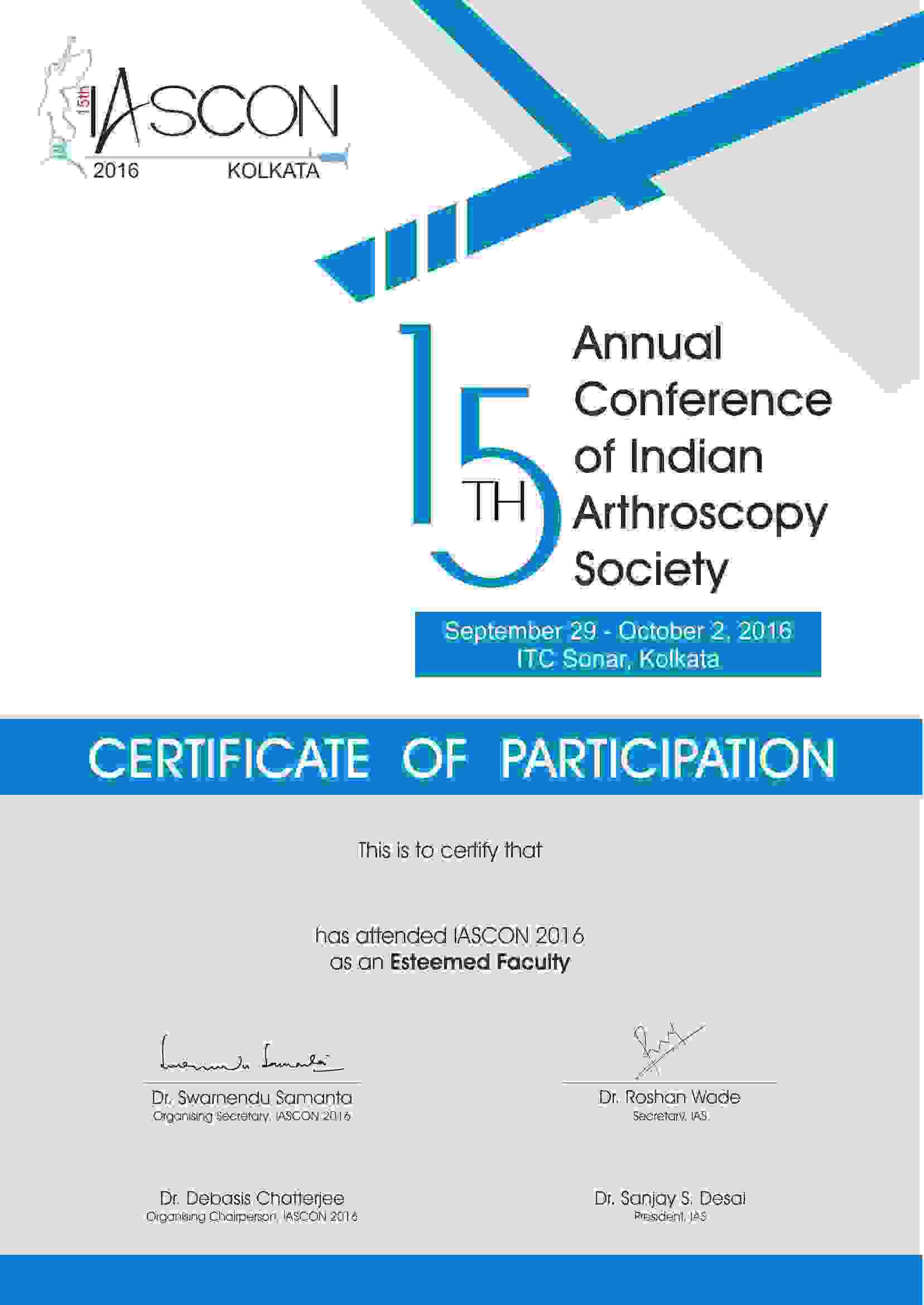Hip replacement surgery, also known as total hip arthroplasty, involves removing a damaged hip joint and replacing it with an artificial joint, known as prosthesis. Hip prostheses constitutes a ball component, which is made of metal or ceramic, and a socket, that has a liner made of plastic, ceramic or metal. Only bio-compatible implants are used in hip replacement i.e. they are designed in such a way as to be accepted by your body and are resistant to corrosion, degradation and wear.
Hip replacement is generally used for people who suffer from hip joint damage due to arthritis or an injury. The main goal of hip replacement surgery is to relieve pain and enhance the mobility and function of the diseased hip joint.
Various conditions that can cause damage to the hip joint, thus necessitating hip replacement surgery, include:
- Osteoarthritis
- Rheumatoid arthritis
- Damaged or broken hip
- Bone tumor
- Osteonecrosis: This condition occurs when there is insufficient blood supply to the ball portion of the hip joint
During the procedure
The different steps in the hip replacement procedure are:
- The surgeon makes an incision over the front or side of your hip, through the different layers of tissue
- He removes damaged bone and cartilage, leaving healthy bone in place
- Implanting the prosthetic socket into your pelvic bone, in order to replace the damaged socket
- The surgeon replaces the round top of your femur with the prosthetic ball, which is fixed to a stem that perfectly fits into your thighbone
Recovery and rehabilitation
After the surgery, a physical therapist would help you with some exercises which you can do in the hospital or at your home to ensure speed recovery. Six to eight weeks after surgery, you’ll have a follow-up appointment with your orthopedic surgeon to make sure that your hip is healing properly. If the recovery is progressing well, you can resume your normal activities in a limited way by this time. In course of time, you may be able to play golf, swim, walk or ride a vehicle comfortably. However, refrain from high-impact activities such as running or playing basketball.










